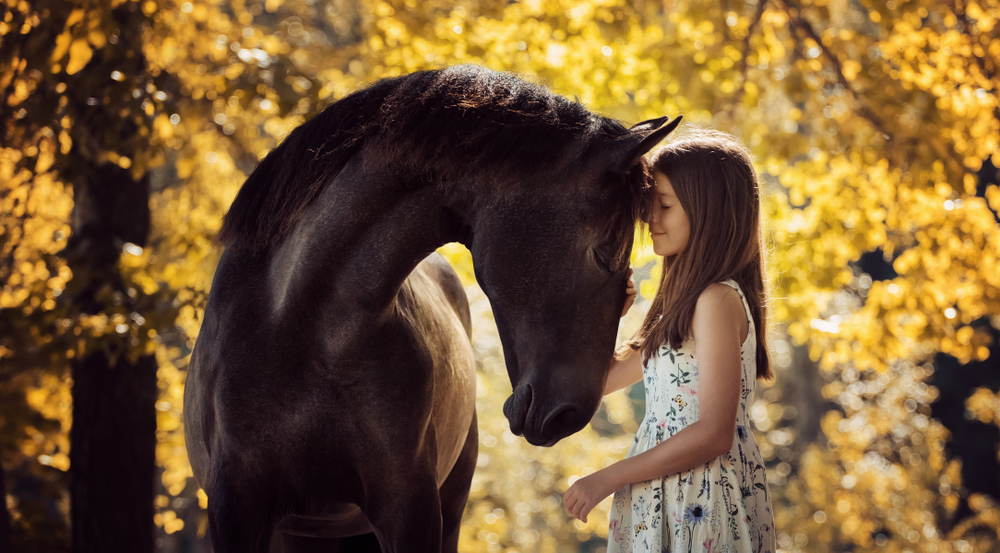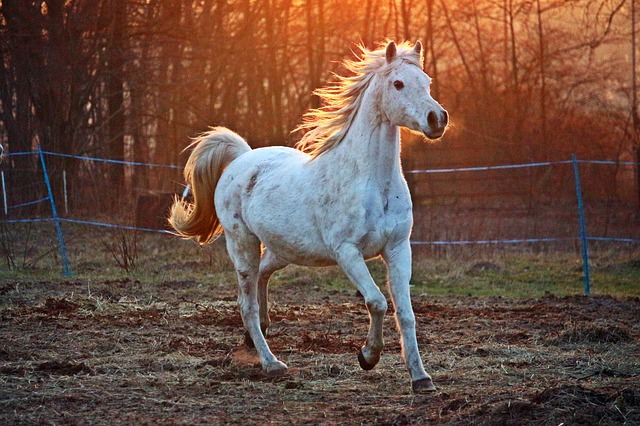
Things This Cat Wants You To Know
Tuesdays with Tony
As the resident King of The Countertop at Springhill Equine, I listen to a whole lot of conversations. Some are unique, but there are some very, very frequent repeats. As a cat who is constantly trying to make the world a better place for horses… Wait, that’s not true at all. I write this blog for the fame, fortune, and adulation of my fans, not for the horses. I am a cat, after all.
The real reason for me to go over these frequent topics is so my Docs have more time to scratch all my favorite spots in the proper way, as I have trained them. So, strap in and let’s visit some things you should know.
Colic
Stop walking them. For the love of all that is cat, please, please, please stop walking colics. It only exhausts you and the horse and doesn’t help the colic at all.
While we’re on the topic of colics, let’s talk about causes. The #1 cause of colic is not enough water in the system. Now I know there can be a whole lot of reasons for this, but taking the time to work on a plan for water consumption for your horse can prevent a lot of unwanted visits with my Docs. We all know you can lead a horse to water, but you can’t make them drink. Using strategies like added salt in the grain, or, even better, adding lots of water to the grain, can dramatically increase water consumption without your horse even realizing it! Making sure your horse has access to and is drinking water when they’re working hard, or when it’s really hot out helps reduce impactions, too. When it’s cold out, again adding salt or water to the food puts water where it’s needed most.
The #2 cause of colic in this area of Florida (and now’s the season) is the sudden appearance of coastal hay in front of your horse. Putting out a round bale of hay and turning your horse loose on it is like sending me to the all-you-can-eat Friskies buffett. It’s not going to end well for anyone! Coastal hay is a good roughage option as long as it’s managed well. Start with small amounts of hay, and gradually increase over 10-14 days until your horse is leaving some hay. Then you can put a round bale out. Along with that coastal hay, feed at least ½ flake of alfalfa or peanut hay daily. It helps keep the system moving smoothly. It also drives thirst, which makes them drink, and, well, we’ve gone full circle.
Horse Trailers
You should have one, or have very, very rapid access to one. Oh, and your horse should know how to load. Just this morning Dr. Lacher was speaking with someone with a horse emergency too far away for us to drive to. This area doesn’t have any veterinarians. This owner doesn’t have a horse trailer. I wish I could say this wasn’t a common scenario, but it’s nearly daily here. There are a myriad of reasons why your horse may need to trailer somewhere. From bad lacerations, to colics, to hurricane evacuation. Having a trailer, or a solid plan with your neighbor, is really, really important.

Now that you know why you should have a trailer, make sure your horse loads in that trailer. This takes practice. Often it takes two people to get the process going the right way. Even more often it takes a professional to help you teach your horse to load. And despite your desire to yell, scream, and swear at your horse due to the insane stress levels you are experiencing due to their extreme commitment to not loading on the trailer, calmness is the answer. You can trust me on this. I specialize in naps. I know calm.
Having a Plan
I’ve got two scenarios here.
Scenario #1: Disaster Plan. You need one. You need one in general, but you really, really need one if you have animals. Horses drink a lot of water, and eat a lot of food. When the power goes out, water gets tricky if you’re on a well. If there’s a significant disaster, like Hurricane Ian, it can take a bit to get supply chains of feed and hay running back into an area. Think about what disasters are likely to hit your area, and make a plan.
Scenario #2: You die. I know, I know, no one likes to think about this part, but if you’ve got animals, you need to. Cats and dogs are hard enough to find good homes for, let alone horses. Take the time to do some estate planning so your family (who may not even be horse people) know what to do with them. Set aside some money in that estate plan to help with this, or to help your family find the right person to re-home them. There are so many animals who find themselves in a bad situation because their owners suddenly passed away. This is easily avoided with a modicum of effort on your part, and now that I’ve cat-splained it to you, you have no excuses.

Your Horse’s Diet
A much lighter topic than the previous one. Your horse’s diet should start with roughage, meaning pasture or hay. Concentrates should be an add-on from there. Those concentrates will balance all of the shortfalls of the roughage. You do NOT need supplements. I feel like you humans think supplements = love. Not true. Time spent with you grazing, or getting favorite itchy spots scratched, or a nice trail ride, these things are love. Not supplements. And when it comes to concentrates, the least expensive bag of feed is NEVER the cheapest way to feed your horse.
Let me elaborate. A bag of ration balancer, which is what 90% of horses should be eating, is fed at 1 pound per day. It’s all nutrition, low on calories, and while the 40# bag might be $30, you only feed 1 pound per day. Sweet feed, which is a terrible plan for horses, needs to be fed at 10-15 pounds per day to meet the basic nutritional needs of the horse. It might only be $15 a bag, but you’re either feeding 1 bag every three days or you’re short-changing your horse on nutrition, which you’re then trying to make up for by feeding a bunch of supplements.
So: good nutrition/ration balancer at less than $1 a day, or junk food and supplements for $5 – $10 a day. Make sense now?
I hope this weekly drop of insane cat wisdom helps you make good horse decisions. Need help with colic prevention, disaster planning, trailer loading, or good nutrition? Give my Docs a call. They may not be able to estate plan with you, but they generally know someone who can help. And make sure you take a minute to scratch my back the next time you’re at the Clinic.
Until next week,
~Tony
P.S. If you really want to download a ton of high-quality horse knowledge into your brain, start listening to the podcast my minions produce while you’re driving to the feed store to get that ration balancer. It’s called Straight from the Horse Doctor’s Mouth and you can listen to it right from your phone. You can find it over on the Podcast Page of my website, or subscribe on Apple Podcasts, Spotify, or wherever you get your podcasts. I promise it will make you a better horse owner. Now, before you go down that rabbit hole, if you would just scroll down to the purple box and subscribe, I’ll email you my blog every Monday. That’s right, early access. Just for you. Enjoy the podcast.
Tuesdays with Tony is the official blog of Tony the Clinic Cat at Springhill Equine Veterinary Clinic in Newberry, Florida. If you liked this blog, please subscribe below, and share it with your friends on social media! For more information, please call us at (352) 472-1620, visit our website at SpringhillEquine.com, or follow us on Facebook!













You must be logged in to post a comment.